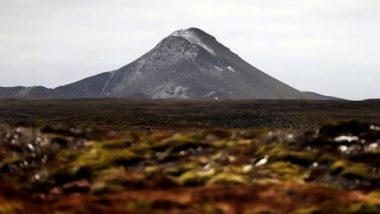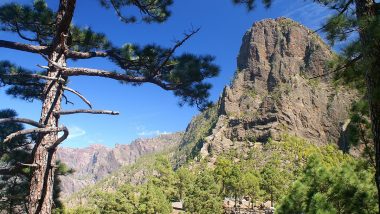Reykjavík, March 16: Iceland, a Nordic island nation, is on high alert due to the increased seismic activity in the region that has raised a volcano threat. Residents in the country are bracing for a spectacular volcanic eruption after tremors from tens of thousands of earthquakes in the region since February, which scientists call an unprecedented seismic activity. A local in the town of Grindavikwas was quoted saying by Reuters that at every moment, residents feel the seismic activity as if they are walking over a fragile suspension bridge.
Iceland is the most active volcanic region in Europe, with an eruption every five years on average. Moreover, the Nordic nation lies the mid-Atlantic ridge where the Eurasian and North-American tectonic plates move away from each other. Volcanic activity is common along such divergent boundaries but strong earthquakes are rare. What is Earthquake? What Are The Causes and Effects of Seismic Waves? Know Everything About This Natural Occurrence.
The Grindavik region in Iceland lies in the southern part of the Reykjanes Peninsula. It is a volcanic hot spot, where more than 40,000 earthquakes have occurred since February 24, which is more than the total number of earthquakes registered there in 2020. According to reports, in the past eight days, over 16,000 tremors have been recorded, compared to 1,000 normally for a whole year.
The source of the past weeks' earthquakes is a large body of molten rock, known as magma, moving roughly one kilometre (0.6 mile) beneath the peninsula, as it tries to push its way to the surface. The region is under increased surveillance due to an unusual number of tremors since an earthquake on February 24 in Reykjavik, and parts of western Iceland. Some of the quakes were as strong as magnitudes of 5.7.
(The above story first appeared on LatestLY on Mar 16, 2021 01:32 PM IST. For more news and updates on politics, world, sports, entertainment and lifestyle, log on to our website latestly.com).













 Quickly
Quickly




















